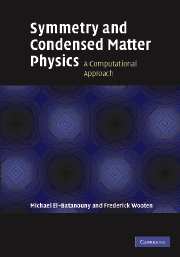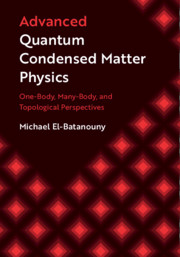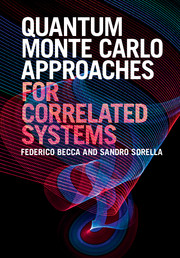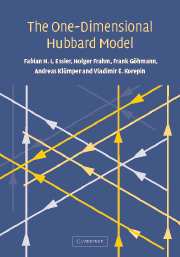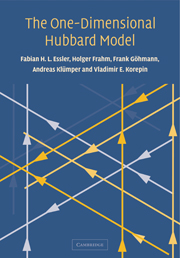Symmetry and Condensed Matter Physics
Unlike existing texts, this book blends for the first time three topics in physics - symmetry, condensed matter physics and computational methods - into one pedagogical textbook. It includes new concepts in mathematical crystallography; experimental methods capitalizing on symmetry aspects; non-conventional applications such as Fourier crystallography, color groups, quasicrystals and incommensurate systems; as well as concepts and techniques behind the Landau theory of phase transitions. Adopting a computational approach to the application of group theoretical techniques to solving symmetry related problems, it dramatically alleviates the need for intensive calculations usually found in the presentation of symmetry. Writing computer programs helps the student achieve a firm understanding of the underlying concepts, and sample programs, based on Mathematica, are presented throughout the book. Containing over 150 exercises, this textbook is ideal for graduate students in condensed matter physics, materials science, and chemistry. Solutions and computer programs are available online at www.cambridge.org/9780521828451.
- Fuses symmetry, condensed matter and computational methods into one pedagogical textbook
- Contains over 150 exercises, with solutions available online at www.cambridge.org/9780521828451
- Adopts a computational approach to the application of group theoretical techniques in solving symmetry related problems
Product details
March 2008Hardback
9780521828451
936 pages
253 × 180 × 47 mm
1.96kg
160 b/w illus. 153 exercises
Available
Table of Contents
- Preface
- 1. Symmetry and physics
- 2. Symmetry and group theory
- 3. Group representations: concepts
- 4. Group representations: formalism and methodology
- 5. Dixon's method for computing group characters
- 6. Group action and symmetry projection operators
- 7. Construction of the irreducible representations
- 8. Product groups and product representations
- 9. Induced representations
- 10. Crystallographic symmetry and space-groups
- 11. Space groups: Irreps
- 12. Time-reversal symmetry: color groups and the Onsager relations
- 13. Tensors and tensor fields
- 14. Electronic properties of solids
- 15. Dynamical properties of molecules, solids and surfaces
- 16. Experimental measurements and selection rules
- 17. Landau's theory of phase transitions
- 18. Incommensurate systems and quasi-crystals
- References
- Bibliography
- Index.

